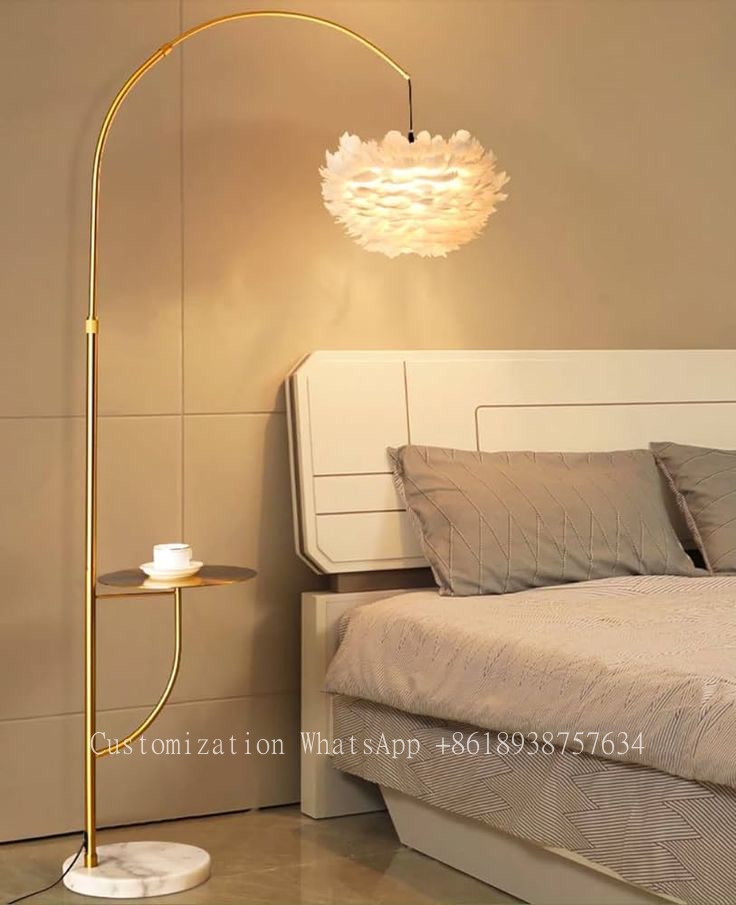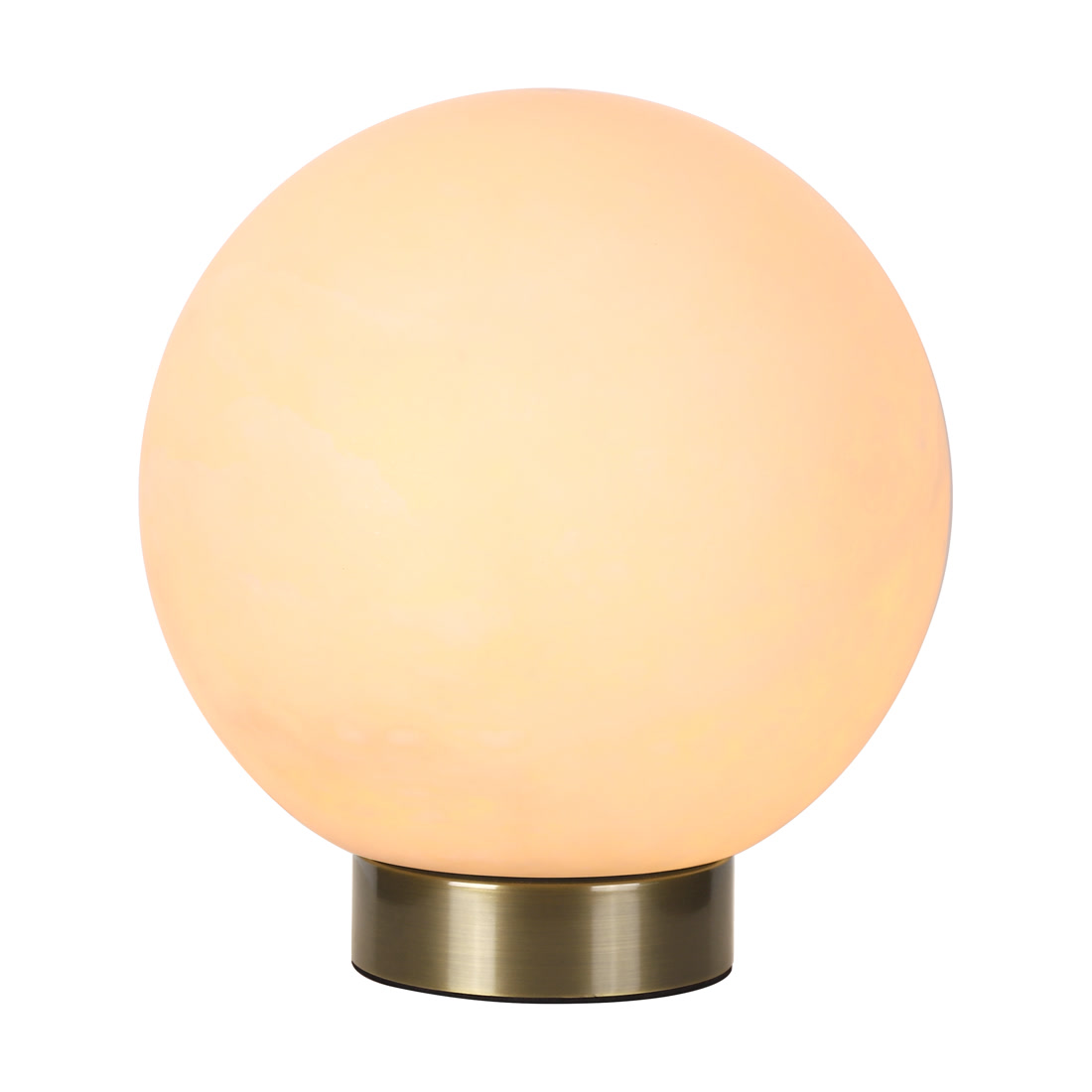Exploring the Mid Century Aesthetic in Interiors: A Timeless Design Movement
Exploring the Mid Century Aesthetic in Interiors: A Timeless Design Movement
In recent years, the mid century aesthetic has transcended the realms of nostalgia and become a dominant trend in interior design. Characterized by clean lines, organic forms, and a harmonious blend of functionality and Aesthetics, this style encapsulates a spirit of innovation and creativity. This article delves deep into the mid century aesthetic in interiors, offering insights, practical tips, and a comprehensive understanding of this influential design movement.
What is Mid Century Aesthetic?
The **mid century aesthetic** refers to a design style that gained popularity between the 1940s and 1960s. It is synonymous with the works of influential designers like Charles and Ray Eames, George Nelson, and Arne Jacobsen. This style is characterized by:
- Sleek lines and minimal ornamentation
- Functional furniture with unique geometric shapes
- Use of natural materials such as wood and leather
- Vibrant color palettes combined with muted tones
The mid century aesthetic emphasizes simplicity and a connection with nature, making it a timeless choice for homeowners looking to create sophisticated yet inviting spaces.
Key Features of Mid Century Design
Understanding the fundamental features of mid century design is essential for those who wish to incorporate this aesthetic into their interiors. Below are some of the key traits:
| Feature | Description |
| Furniture | Functional and sculptural pieces, often made from wood with bold upholstery. |
| Color Schemes | Bright, playful colors set against neutral backgrounds. |
| Lighting | Iconic pendant lights and Floor lamps that blend form with function. |
| Open Spaces | Emphasis on flow and accessibility, often utilizing large windows and open layouts. |
These key features make mid century interiors not only visually appealing but also functional and inviting.
Incorporating Mid Century Aesthetic in Your Home
Embracing the mid century aesthetic in your home can be a rewarding endeavor. Here are some practical tips to help you infuse this style into your interiors:
1. Choose Iconic Furniture
Look for pieces that feature the hallmarks of mid century design. Items like the Eames Lounge Chair or the Noguchi Coffee Table should be centerpiece elements in your space. These designs are classics that resonate well with the mid century aesthetic.
2. Opt for a Neutral Base
Start with a neutral color palette for your walls and large furniture pieces. Shades like beige, whites, and soft greys work well as a backdrop, allowing you to introduce vibrant accent colors through accessories and smaller decor items.
3. Embrace Organic Forms
Incorporate furniture and decor with organic shapes. Rounded edges and asymmetrical designs are not just inviting but also capture the essence of mid century forms.
4. Use Textures Wisely
Textures play a crucial role in mid century interiors. Combine materials like wood, metal, glass, and fabric to create depth. An expression of tactile contrasts can enhance the inviting nature of your space.
Popular Color Palettes in Mid Century Aesthetic
The color palette is pivotal in achieving the desired mid century feel. Popular options include:
- Turquoise and mustard yellow
- Olive green and burnt orange
- Charcoal grey with pops of pink
These combinations reflect the vibrant yet balanced essence of mid century design.
Mid Century Aesthetic in Different Spaces
To effectively implement the mid century aesthetic, it's crucial to consider how this style plays out in various spaces:
Living Room
The living room is a focal point for mid century Aesthetics. Start with a statement sofa, complemented by accent chairs that boast clean lines. Incorporate a simple coffee table and a prominent area rug to enhance the cozy atmosphere. Unique lighting fixtures such as starburst chandeliers create a stunning visual appeal.
Bedroom
In the bedroom, choose minimalist yet comfortable bedding. A low-profile bed frame made of wood, paired with bold-patterned pillows or throws, encapsulates mid century charm. Keep accessories to a minimum to maintain a serene, uncluttered feel.
Kitchen and Dining
Mid century dining spaces often utilize wooden dining tables with mid century chairs or stools offering a seamless experience of style and comfort. Open shelving can showcase beautiful dishware, while colorful kitchen gadgets can add a touch of playfulness.

Challenges When Adopting the Mid Century Aesthetic
While the mid century aesthetic is alluring, there are challenges to consider when adapting your space:
- Authenticity:
- Balancing vintage pieces with modern elements can be difficult, as it may overpower the intended simplicity.
- Cost:
- Genuine mid century pieces can be expensive, making it necessary to carefully plan your purchases.
Final Thoughts on Implementing Mid Century Aesthetic in Interiors
Incorporating the mid century aesthetic in your interiors requires a blend of creativity, knowledge, and appreciation for timeless design. This style is more than just a trend; it's a celebration of creativity and innovation. When applying these principles and features, keep in mind the need for balance to avoid clutter. The mid century aesthetic provides a wonderful opportunity to create inviting and functional spaces that reflect your personality while maintaining a unique design legacy.
To summarize, consider the classic furniture, opt for a neutral base, embrace organic shapes, and utilize textures to create that inviting mid century atmosphere. If you plan your design thoughtfully and authentically, you can successfully embody the mid century aesthetic in your home, making it a timeless retreat for all who enter.
